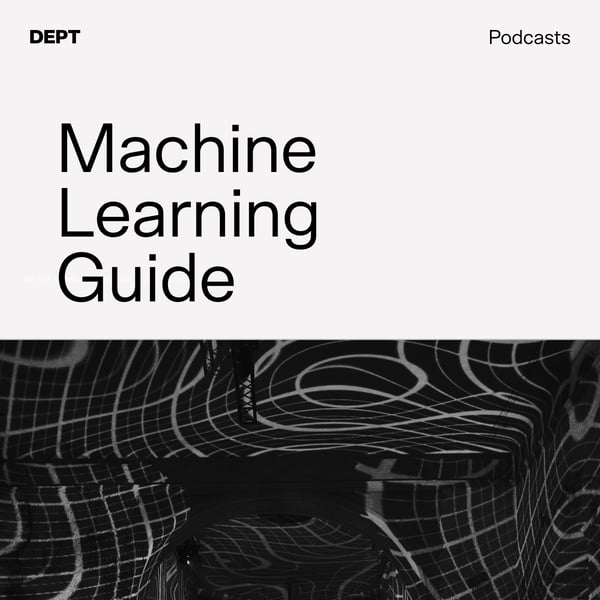MLA 017 AWS Local Development
Machine Learning Guide
OCDevel
4.9 • 848 Ratings
🗓️ 6 November 2021
⏱️ 64 minutes
🧾️ Download transcript
Summary
Support my new podcast: Lefnire's Life Hacks
Show notes: ocdevel.com/mlg/mla-17
Developing on AWS first (SageMaker or other)
Consider developing against AWS as your local development environment, rather than only your cloud deployment environment. Solutions:
- Stick to AWS Cloud IDEs (Lambda, SageMaker Studio, Cloud9
-
Connect to deployed infrastructure via Client VPN
- LocalStack
Infrastructure as Code
Transcript
Click on a timestamp to play from that location
| 0:00.0 | Welcome back to Machine Learning Guide. I'm your host, Tyler Rinelli. |
| 0:05.0 | MLG teaches the fundamentals of machine learning and artificial intelligence. |
| 0:09.0 | It covers intuition, models, math, languages, frameworks, and more. |
| 0:13.0 | Where your other machine learning resources provide the trees, I provide the forest. |
| 0:18.0 | Visual is the best primary learning modality, but audio is a great supplement during exercise commute and chores. |
| 0:25.6 | Consider MLG your syllabus with highly curated resources for each episode's details at OCdevel.com forward slash MLG. |
| 0:35.6 | I'm also starting a new podcast which could use your support. It's called |
| 0:39.9 | Lefnear's Life Hacks and teaches productivity focused tips and tricks, some which could prove |
| 0:45.5 | beneficial in your machine learning education journey. Find that at OCDevelle.com forward slash |
| 0:51.9 | LLH. Welcome back to Machine Learning Applied. |
| 0:55.8 | Today we're going to be talking about developing within the AWS environment. |
| 1:01.7 | In other words, using AWS as your local development environment. |
| 1:07.1 | Now before we get started, let's reflect back on a prior episode about Docker. I did an episode |
| 1:13.5 | where I said you can package up an environment and its dependencies and the project's source code |
| 1:21.1 | into a Docker container and deploy that Docker container to the cloud. What we do is we write a |
| 1:26.9 | Docker file, literally |
| 1:28.3 | called Docker file with a capital D. At the top of that Docker file, you specify the operating |
| 1:33.6 | system you're going to be using, and then within the Docker file you're going to specify any number |
| 1:38.3 | of operating system level packages you want to install, like FFMPEG or kudaku dN, and you might install some pip |
| 1:46.8 | packages. You can either directly inline the Docker file, say pip install X, Y, and Z, or you can |
| 1:52.6 | have a requirements. text file that gets copied into the Docker container, and then that thing |
| 1:57.9 | gets kicked off with a pip install of the requirements. text. |
... |
Please login to see the full transcript.
Disclaimer: The podcast and artwork embedded on this page are from OCDevel, and are the property of its owner and not affiliated with or endorsed by Tapesearch.
Generated transcripts are the property of OCDevel and are distributed freely under the Fair Use doctrine. Transcripts generated by Tapesearch are not guaranteed to be accurate.
Copyright © Tapesearch 2025.

